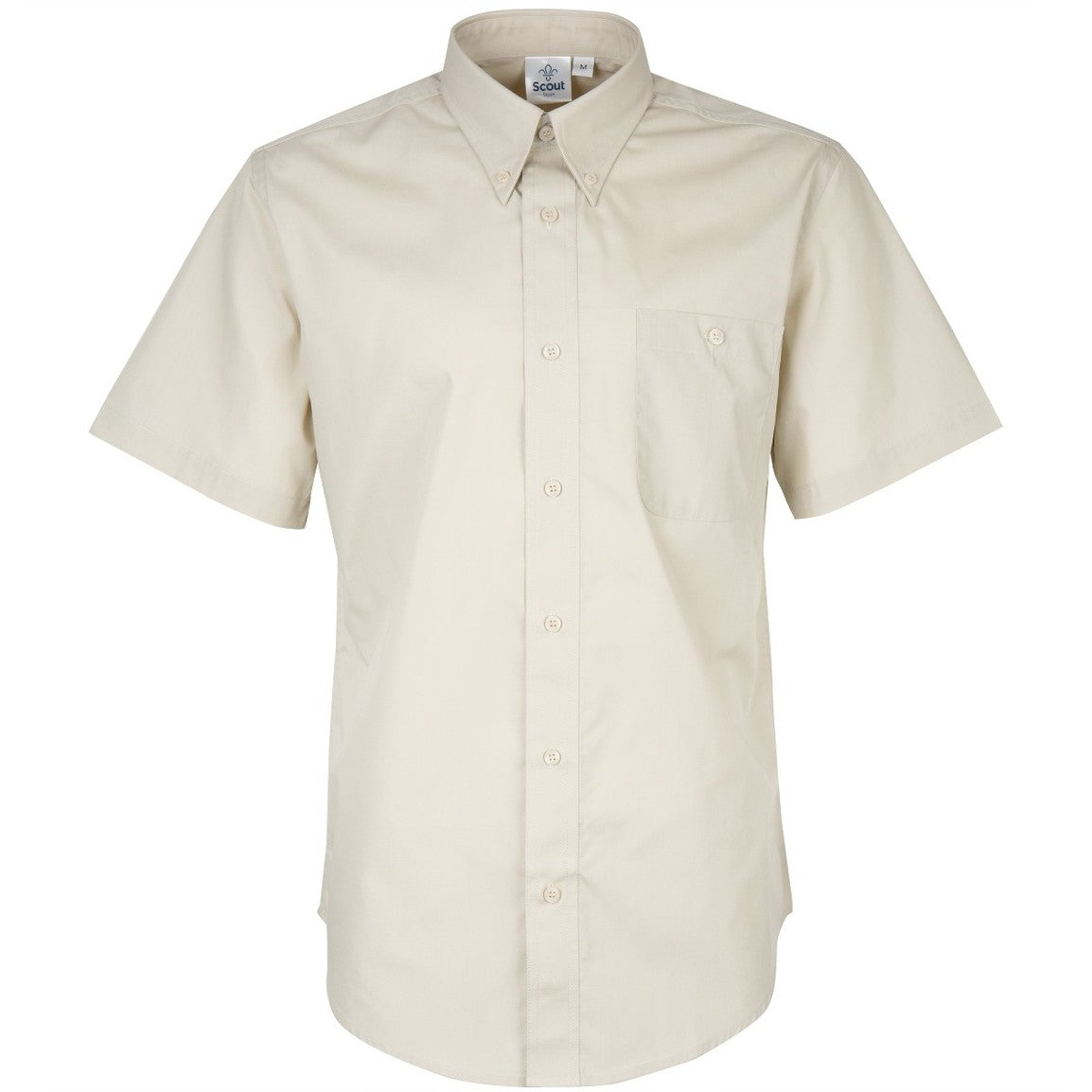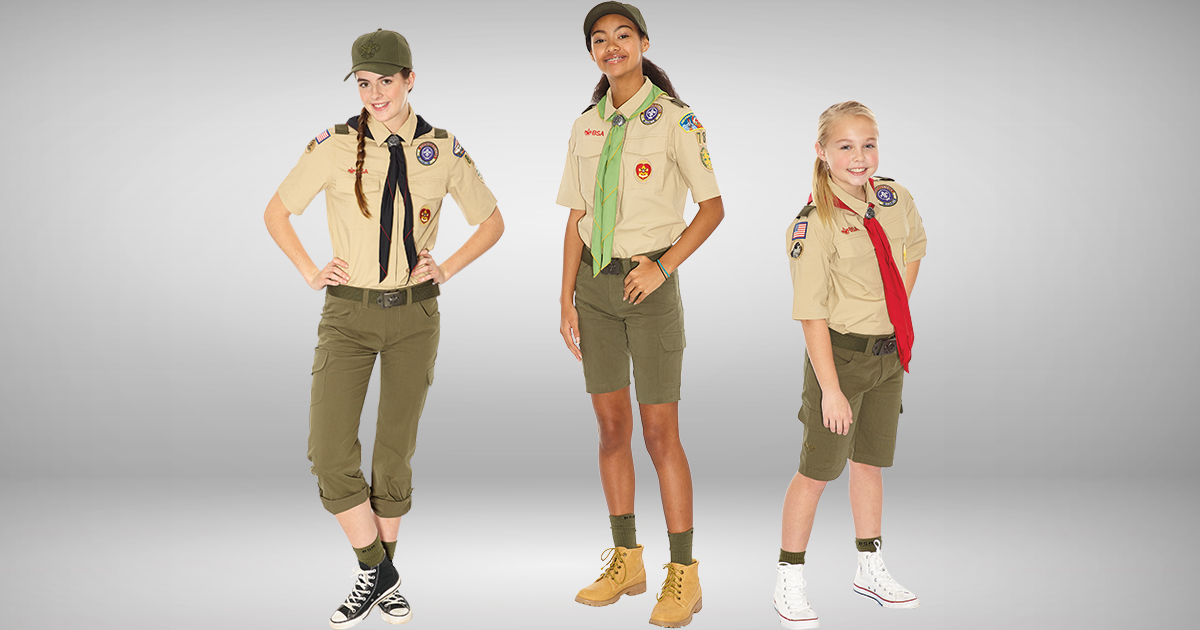The Hunt for the Right Uniform: Why This Was Not Just Shopping
I started this whole thing thinking finding new scout shirts would be easy. Just hit the official site, click, pay, done. Man, was I wrong. This wasn’t just a simple uniform refresh; this turned into a deep, sweaty dive into fabric composition, supply chain inconsistencies, and the sheer chaos of modern youth organization procurement.

The first signal that things were going sideways hit me when I opened the catalogue. We didn’t just have one option, we had everything. It was like they dumped every single supplier they’d ever considered over the last twenty years into one confusing pile. We had the standard issue official poly-cotton blend, the “deluxe” heavy cotton drill option, the ultra-lightweight synthetic mesh for hot climates (which we don’t have, but okay), and then a dozen third-party knock-offs promising “superior patch adherence.”
Wading Through the Polyester Swamp
My initial approach was simple: I needed durability and color consistency. I pulled up all the specs. The official supplier’s basic shirt, the one we’ve mostly used, claimed 65/35 poly-cotton. But I remembered last year—those things faded before the end of the first summer camp. They turned from a crisp tan to a sort of sad, off-white beige that looked like we’d all been dragging them behind a truck.
So, I moved on to the so-called premium options. These were $15 more per shirt. Multiply that by twenty kids, and suddenly we were talking real money. The premium ones boasted 100% heavy cotton canvas. Great for durability, right? But then I checked the reviews. Kids complained they were too hot, too stiff, and took three days to dry after washing. We operate in a place that gets rainy, so stiff and slow-drying was a hard pass.
I scoured forums and independent sellers. That’s where the real trouble started.
- The ‘Custom Patch King’ offered an incredible deal, but you had to buy the patches and the shirts separately, and then you had to ship them both to a local embroiderer. That added two weeks and the risk of miscommunication.
- Another place, “Uniform Surplus,” had exactly the old style we liked, but only in odd sizes—twelve smalls and two XXL. They weren’t going to fit anyone properly.
- The “Eco-Friendly Scout Gear” used recycled plastic, which sounded good, but the material felt like wearing sandpaper and cost fifty dollars a shirt. Nobody was paying that.
I spent three solid evenings comparing sleeve lengths, pocket depths, and the weird little sizing increments. One manufacturer sized by age, another by chest circumference, and a third just called everything “Youth Regular” or “Adult Standard.” I tried to cross-reference their charts, but they were all over the map. I realized that if I ordered based on the charts, half the kids would end up looking like they were wearing parachutes, and the other half would look like they were wearing undershirts.

Why I Became a Scout Shirt Investigator
You might be thinking, why is this guy going so deep on a uniform? Just pick one that looks okay. Well, I learned my lesson the hard way. This deep dive happened because of the Great Troop 7 Incident of ’22.
Back then, I was a new leader, and I trusted the official supply chain. I placed the order quickly without checking the details. We received the shirts, patched them up, and everything looked fine. Then came the annual city parade, the biggest visibility event of the year. Our troop marched right behind Troop 3, the well-funded, always-pristine group.
It was a 90-degree day, and after the first mile, those cheap poly-blends we bought absolutely melted. Not literally, but the sweat stains turned the fabric permanently dark in the armpits and back. Worse, the official patches, which were supposed to be heat-sealed, started peeling off the damp, stretchy fabric. By the time we hit the main square, half our kids looked like they’d just crawled out of a swamp and were missing rank insignia. Meanwhile, Troop 3 looked crisp and dry in their heavy cottons.
Our sponsor saw the whole thing. The ensuing phone call was rough. We lost some of our auxiliary funding because we “presented poorly.” I vowed right then and there I would never again allow the troop to look like a collection of dusty rags. I committed myself to understanding every single fabric and sizing option on the market. That little incident forced me into this textile deep research job. I needed redemption.
The Final Call and the Takeaway
After weighing the cost, the appearance, and the potential for public embarrassment, I finally settled on a hybrid strategy. I rejected the purely synthetic and the overly expensive canvas.

I chose a mid-range supplier—not the official store—who used a robust, slightly heavier 80/20 cotton-poly blend that was vat-dyed, meaning the color should hold better. I insisted they send samples first, which I then ran through the washing machine ten times to test for shrinkage and fading. They passed, barely, but they passed.
The total cost came out exactly the same as the “premium” official shirts, but I knew exactly what we were getting. I used my own measurements from the kids who tried on the samples to create a custom sizing chart for my specific troop—ignoring the vendor’s weird age-based system entirely.
The lesson I walked away with? Never, ever trust the label or the catalogue photo. You have to tear apart the whole ecosystem yourself. It’s not about the shirt; it’s about avoiding that feeling when your kids stand out for all the wrong reasons in a public parade. My recommendation? If you’re buying for a group, demand samples and put them through the ringer before you cut the massive check. That’s the only way to ensure you don’t end up looking like a mess.
